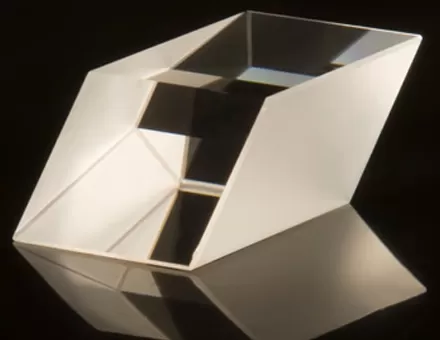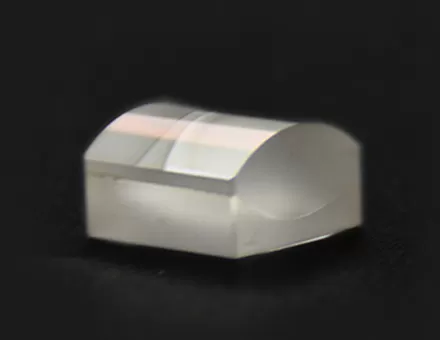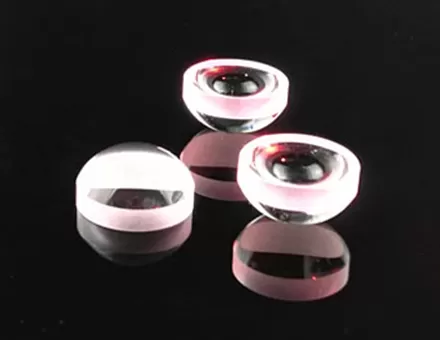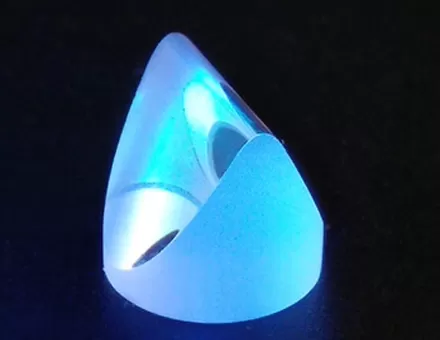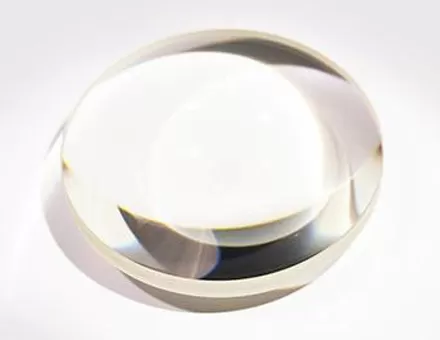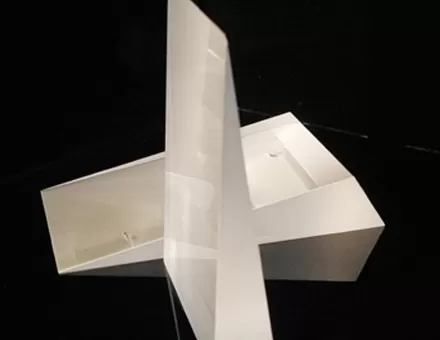Ⅰ. UV fused quartz right angle prism
If the uncoated needs higher UV transmittance or lower thermal expansion coefficient, you can choose UV fused quartz right angle prism. UV-grade fused quartz has high transmittance in deep UV and almost no laser-induced fluorescence, making it an ideal choice for UV to near-infrared applications. UV fused quartz has a lower refractive index than N-BK7 for a given wavelength.
Ⅱ. N-BK7 right angle prism
If the uncoated doesn't need the added advantage of fused quartz, you can choose N-BK7 right angle prism mirror. N-BK7 has excellent transmittance in the visible and near-infrared parts of the spectrum. In addition, N-BK7 is a viable option for UV applications with wavelengths as low as 350 nm. If the application requires the highest transmittance.
The PS911K blade prism has a similar property to the standard N-BK7 right angle prism mirror, but the PS911K has a precise 90° angle between the two right angles without blunt edges. This means that the through-aperture can extend over the entire surface, making it ideal for applications requiring a larger aperture. It also has better surface flatness and optical quality.
Ⅲ. Calcium fluoride right angle prism
For applications requiring high transmittance in the wavelength range from 180 nm to 8 µm, calcium fluoride rectangular prisms are an option. The calcium fluoride material has a low refractive index, ranging from 1.35 to 1.51 in the wavelength range of 180 nm to 8 µm, and also has an extremely high laser damage threshold. Calcium fluoride is also quite chemically inert and has a superior hardness compared to fluorides such as barium fluoride, magnesium fluoride and lithium fluoride.
Ⅳ. Zinc selenide right angle prism
The uncoated zinc selenide is an ideal optical material for use in the 600 nm to 16 µm. It is characterized by low absorption (including the red band of visible light) and good heat shock resistance. Zinc selenide right angle prisms are well suited for use in carbon dioxide lasers operating at 10.6 µm, including those using He-Ne laser alignment.
Ⅴ. Germanium right angle prism
The uncoated germanium is suitable for infrared applications due to its wide transmittance range (2-16 µm) and opacity in the visible spectrum. The material is inert to air, water, alkali and acid (except nitric acid). The transmittance of germanium is greatly affected by temperature. Germanium is almost opaque at 100°C and completely opaque at 200°C.
Wear gloves when you take optical components. This is especially important when you use germanium, which is toxic. For your own safety, follow all reasonable precautions, such as wearing gloves when handling right angle prism mirrors and washing your hands thoroughly after use.


















 EN
EN
